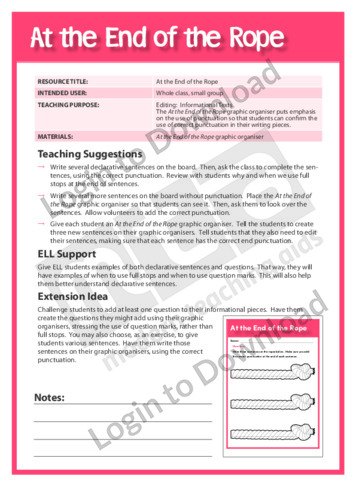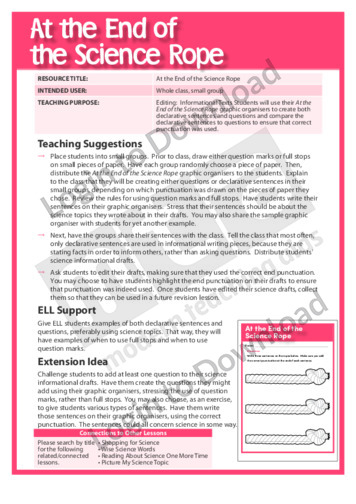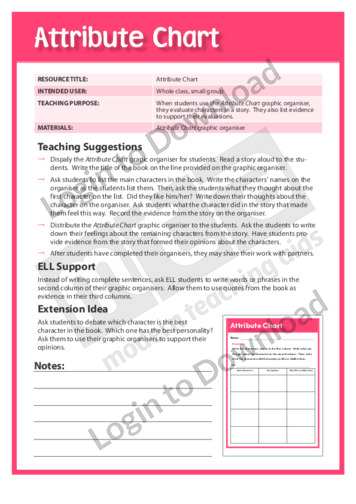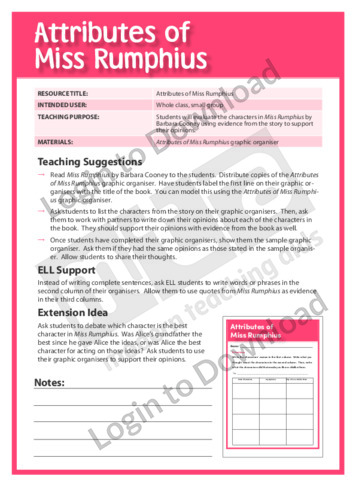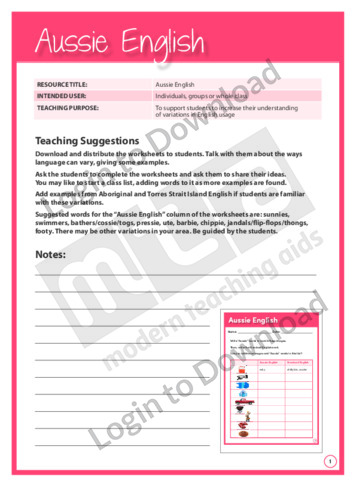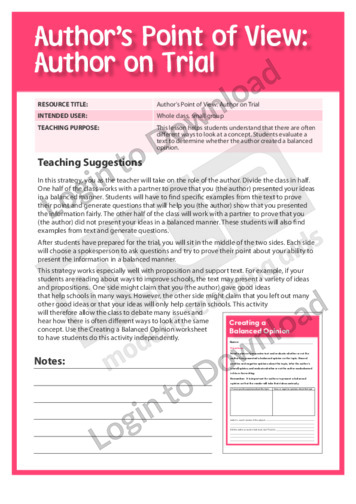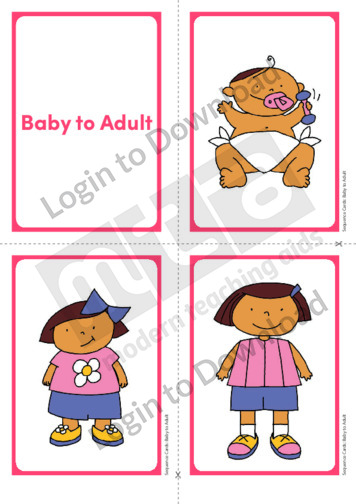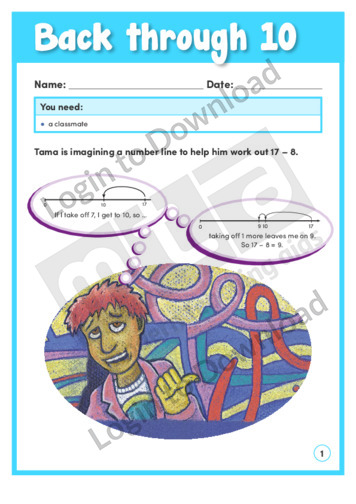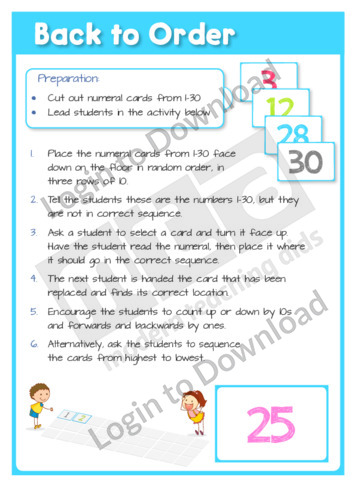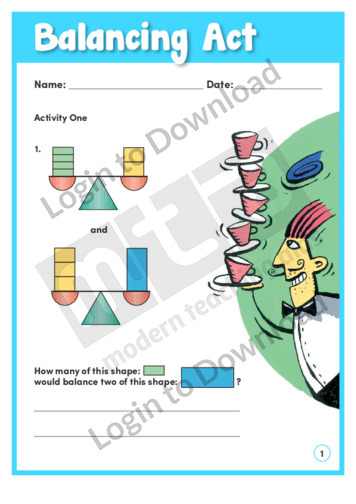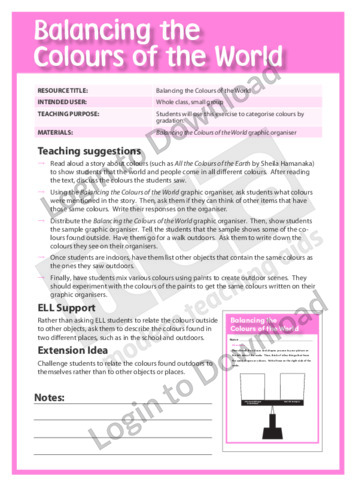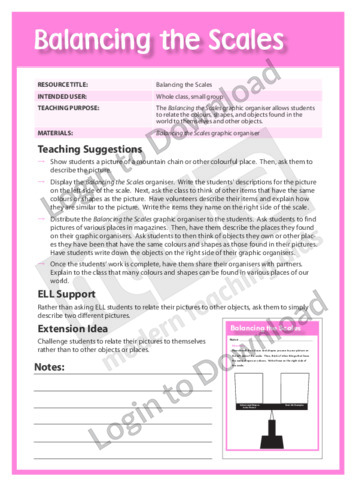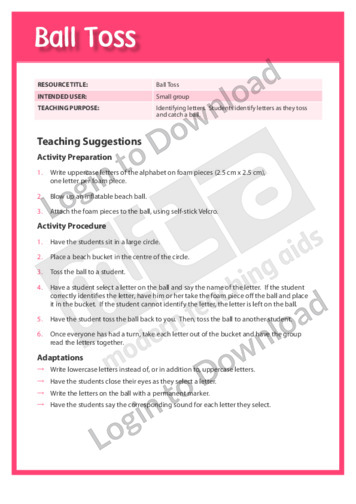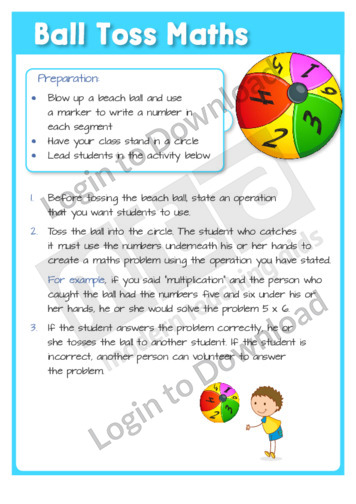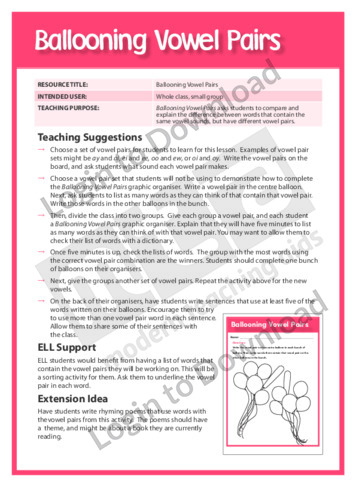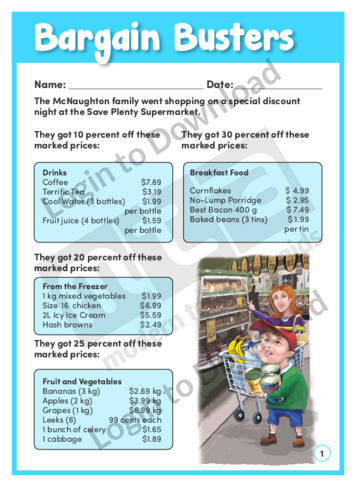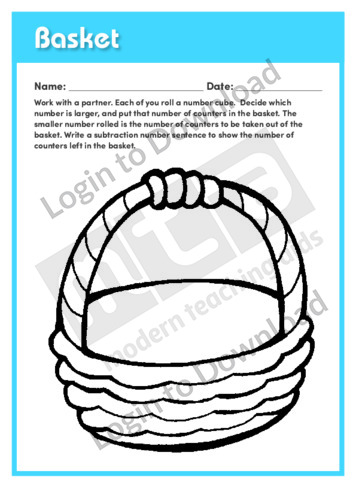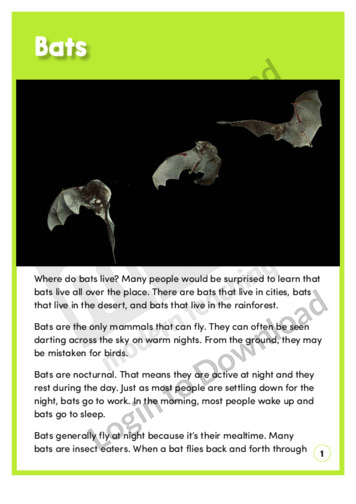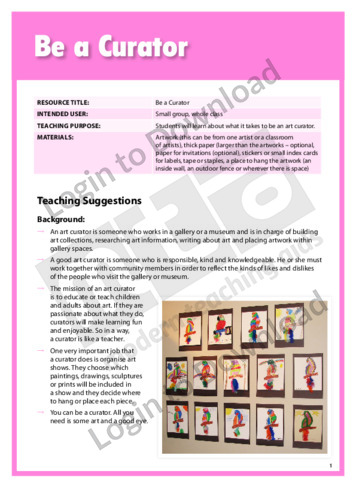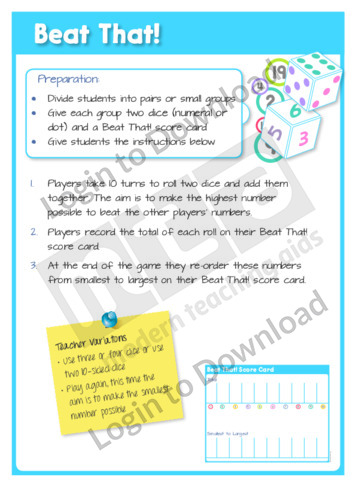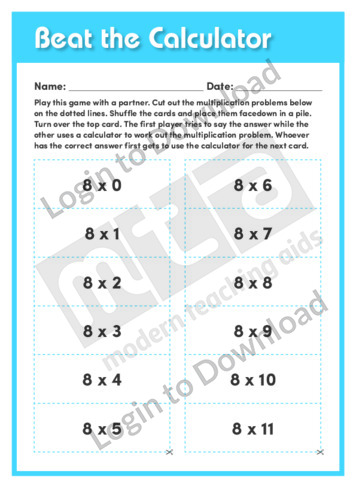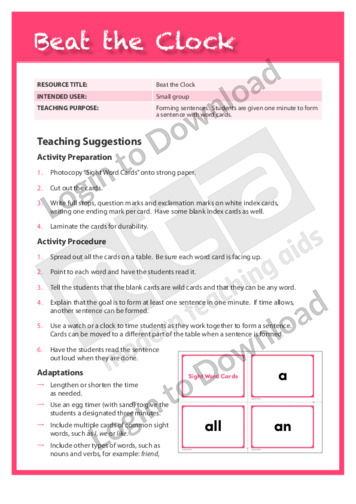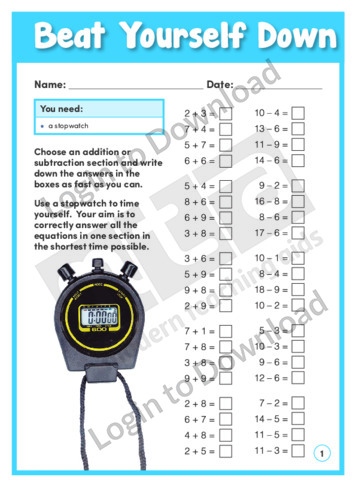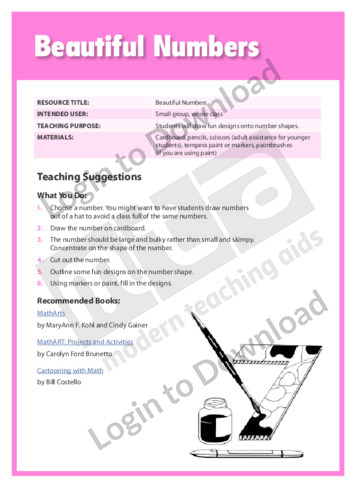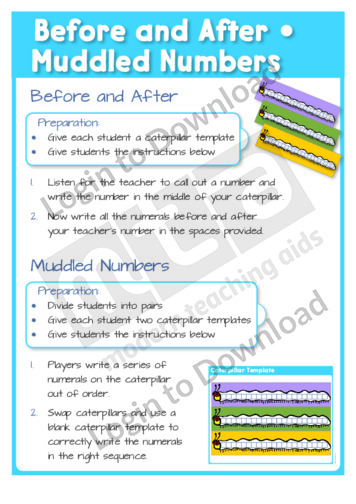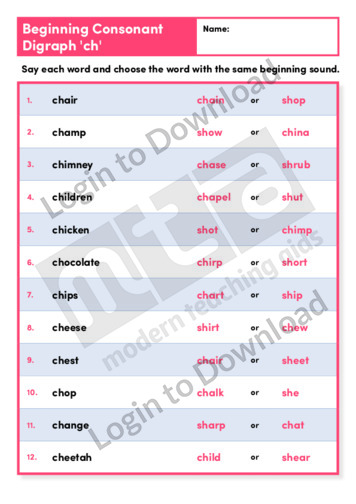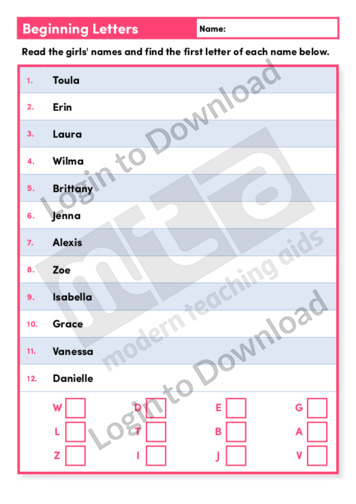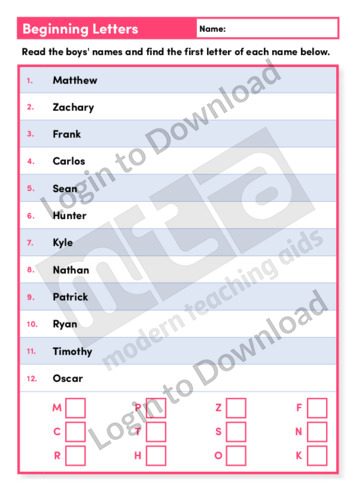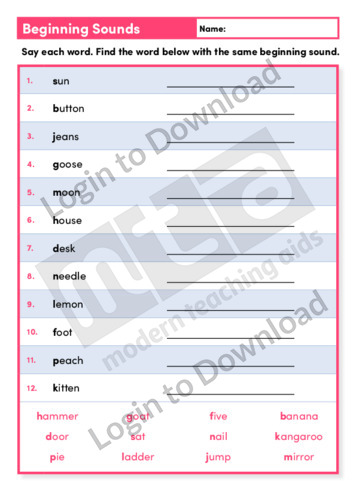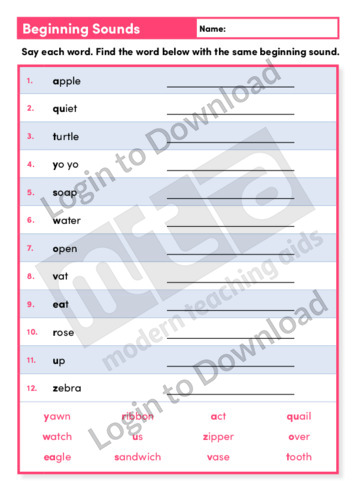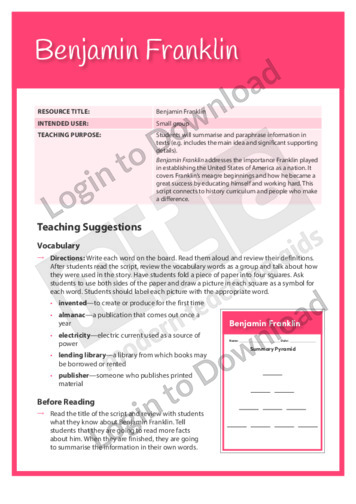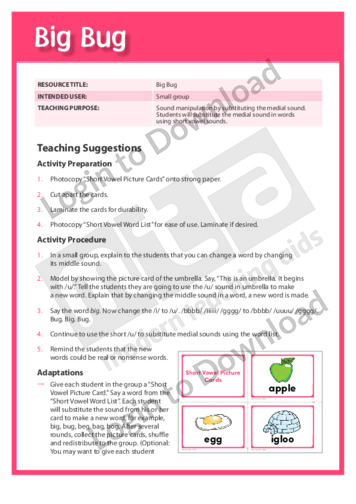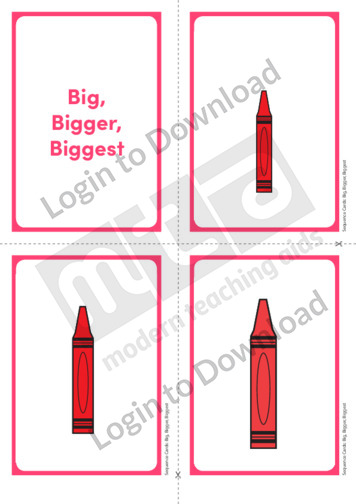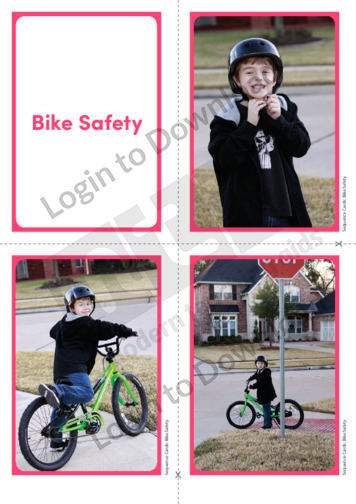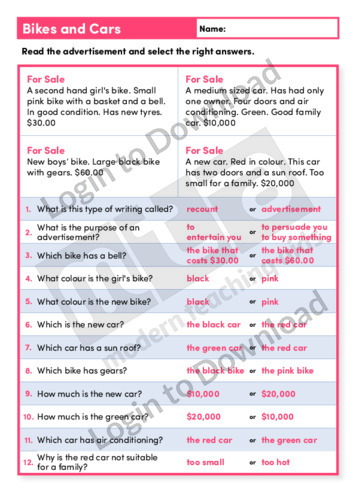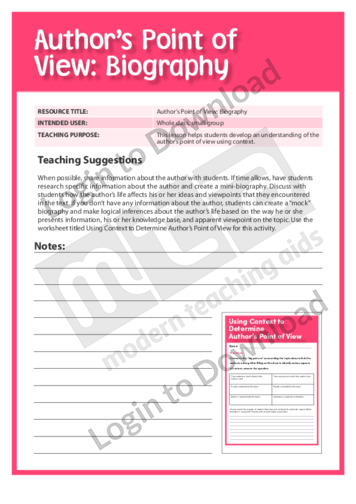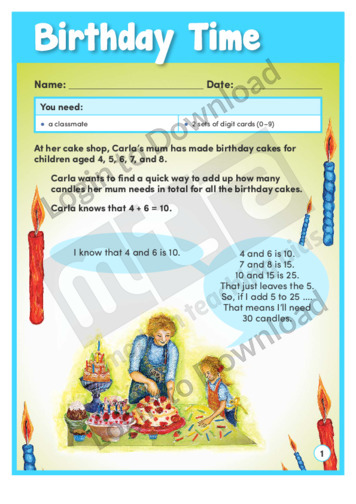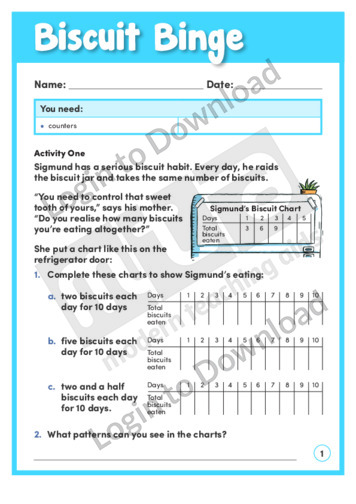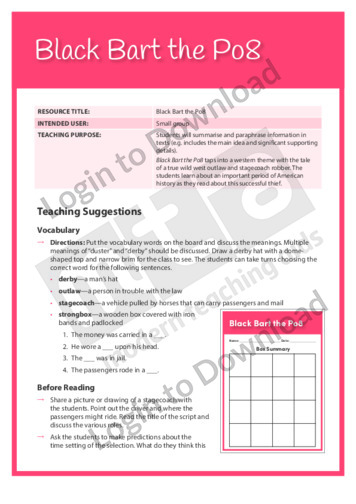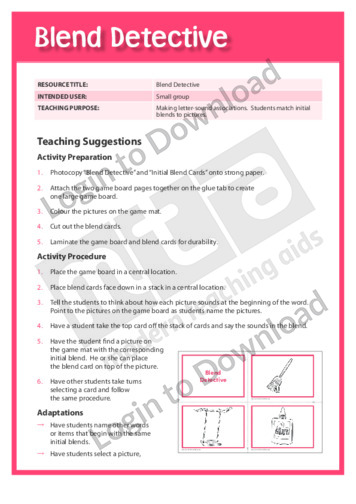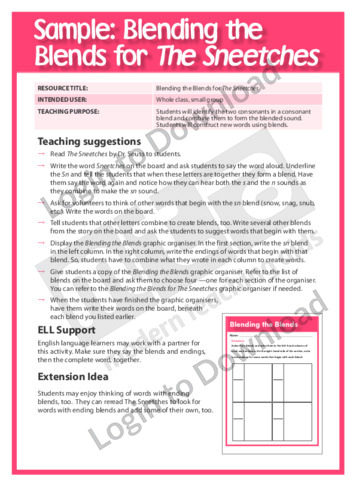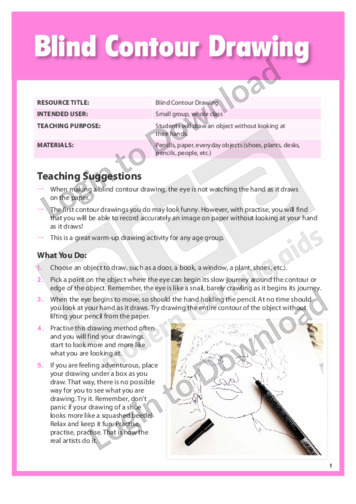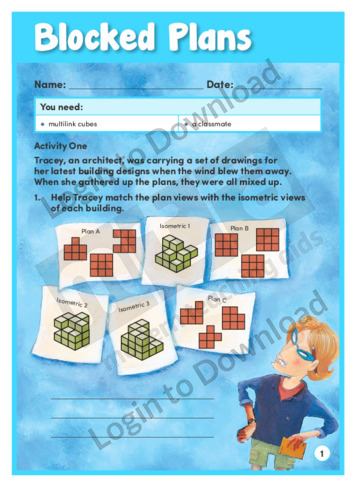This graphic organiser, ‘At the End of the Rope’ supports students in developing their writing skills, focusing on sentence structure and correct use of punctuation.
This graphic organiser, ‘At the End of the Science Rope’ supports students in developing skills in science writing, focusing on sentence structure and correct use of punctuation.
This content area reading learning activity, ‘Attacking the Appendix,’ teaches students about the purpose and features of an appendix. It has students select topics from the appendix of a nonfiction book that match their purpose for reading.
This graphic organiser, ‘Attribute Chart’ supports students to evaluate characters in a story.
This graphic organiser, ‘Attributes of Miss Rumphius’ supports students to evaluate characters in the story ‘Miss Rumphius’.
This written language activity, ‘Aussie English’ supports language development by encouraging students to increase their understanding of variations in English usage. It asks students to identify and discuss Australian English terms.
This content area reading learning activity, ‘Author and Me Analysis,’ helps students understand that they read for a variety of purposes and authors write for a variety of purposes. It has students record important information as they are reading and make connections to their purpose for reading and the author’s purpose for writing.
This content area reading learning activity, ‘Author on Trial,’ helps students understand that there are often different ways to look at a concept. It has students evaluate a text to determine whether the author created a balanced opinion.
This content area reading learning activity, ‘Author’s Meaning,’ helps students interpret the author’s meaning. It has students discuss information from the text that is implied but not directly stated and write two clues they used to make that inference.
This sequencing activity, ‘Baby to Adult’ develops comprehension through sequencing images about the growth of the human body.
The activity sheet, ‘Back through 10’ shows students how to use a number line and the number 10 to solve subtraction problems. This supports an efficient mental strategy for working with multiples of 10. An answer sheet is provided and includes teaching notes with suggestions for supporting learning and further exploration.
This maths activity, ‘Back to Order’ develops basic maths skills by encouraging students to practise counting and place value as part of a sequencing game played as a class. It includes a set of number cards from 1-30.
In this learning activity, ‘Balancing Act’, students must solve balance puzzles and then make up their own. The main idea is that balance on a set of scales shows an equality relationship. An answer sheet is provided and includes teaching notes with suggestions for supporting learning and further exploration.
This graphic organiser, ‘Balancing the Colours of the World’ supports students to categorise colours by gradation.
This graphic organiser, ‘Balancing the Scales’ supports students to relate the colours, shapes and objects found in the world to themselves and other objects.
This reading activity, ‘Ball Toss’ supports reading development by encouraging students to identify letters as they toss and catch a ball. It is aimed at developing students’ awareness of letter identification.
This maths activity, ‘Ball Toss Maths’ develops basic maths skills by encouraging students to practise addition, subtraction, multiplication and division as part of a game played as a class.
This graphic organiser, ‘Ballooning Vowel Pairs’ asks students to compare and explain the difference between words that contain the same vowel sounds, but have different vowel pairs.
This graphic organiser, ‘Ballooning Vowel Pairs for Bartholomew and the Oobleck’ asks students to differentiate between the ‘ew’ and ‘oo’ vowel pairs as they select appropriate words from the book Bartholomew and the Oobleck by Dr Seuss.
When is a discount not fair? The interesting learning activity, ‘Bargain Busters’ shows the items a family bought at a variety of discount prices. Students calculate the savings they made, and check out the claims of a discount voucher. This activity includes comprehensive teaching notes to be read before beginning the activity with students, as …More
This subtraction learning activity, ‘Basket’ asks students to practise with subtraction.
This content area reading activity, ‘Bats’ is a science based reading comprehension exercise encouraging students to learn how to use generalisations.
This art project ‘Be a Curator’ enables students to learn about art curators. It is aimed at developing students’ awareness of basic artistic procedures. It provides a list of materials and easy-to-follow step-by-step art instructions.
This learning activity, ‘Bean There’, features the results of a science project tracking the growth of beans using two different plant foods. Students use a computer graphing program to create a time-series graph from the data and then design and conduct their own plant food experiment. An answer sheet is provided and includes teaching notes …More
This maths activity, ‘Beat That!’ develops basic maths skills by encouraging students to practise addition and place value, as part of a game played in pairs with a dice. It includes six-sided numeral and dot dice templates, and a Beat That! score card, which students use to score their totals, then order them from highest …More
This multiplication learning activity, ‘Beat the Calculator’ asks students to practise with mental multiplication.
This reading activity, ‘Beat the Clock’ supports reading development by encouraging students to form sentences with word cards in a set amount of time. It is aimed at developing students’ awareness of forming sentences. It provides sight word cards.
This multiplication and division worksheet, ‘Beat the Track’ asks students to practise solving multiplication and division questions.
This learning activity, ‘Beat Yourself Down’ gives students opportunities to improve their addition and subtraction skills using columns of equations. Students are challenged to increase their speed and accuracy, using a stopwatch and repeated performances. An answer sheet is provided and includes accompanying teaching notes with suggestions for supporting learning and further exploration.
This art project ‘Beautiful Numbers’ enables students to draw fun designs onto number shapes. It is aimed at developing students’ awareness of basic artistic procedures. It provides a list of materials, easy-to-follow step-by-step art instructions and a list of recommended art books.
This sequencing activity, ‘Bedtime’ develops comprehension through sequencing images about getting ready for bedtime.
These maths activities, ‘Before and After’ and ‘Muddled Numbers’ develop basic maths skills by encouraging students to practise place value, as part of a game played in pairs with a caterpillar templates provided.
This phonics activity, ‘Beginning Consonant Diagraph ‘ch” encourages students to say each word and choose the word with the same beginning sound.
This phonics activity, ‘Beginning Consonant Diagraph ‘sh” encourages students to say each word and choose the word with the same beginning sound.
This spelling activity, ‘Beginning Letters’ provides opportunities for practice with recognising initial word blends.
This reading activity, ‘Beginning Letters’ provides opportunities for practice with recognising the letters that some girls names start with.
This reading activity, ‘Beginning Letters’ provides opportunities for practice with recognising the letters that some boys names start with.
This phonics activity, ‘Beginning Sounds’ encourages students to say each pair of words and find the word with the same beginning sound.
This phonics activity, ‘Beginning Sounds’ encourages students to say each word and find the word with the same beginning sound.
This phonics activity, ‘Beginning Sounds’ encourages students to say each word and find the word with the same beginning sound.
This phonics activity, ‘Beginning Sounds Letters’ encourages students to say each word and find the letter/s for the beginning sound.
This phonics activity, ‘Beginning Sounds Letters’ encourages students to say each word and find the letter/s for the beginning sound.
This Readers Theatre activity, ‘Benjamin Franklin’ encourages students to summarise and paraphrase information in texts. It also builds reading fluency. This activity includes a script for 6 readers.
This content area reading learning activity, ‘Biased and Non-Biased Storytelling,’ helps students identify bias in texts. It is aimed at teaching students the importance of using reasonable, rational language and examples when presenting information in order to prove their credibility as writers.
This content area reading learning activity, ‘Big and Small Questions,’ gives students practice with different types of questions. It is aimed at helping students distinguish between big and small questions.
This phonemic awareness activity, ‘Big Bug’ supports language development by encouraging students to practise substituting the medial sound in words using short vowel sounds. It is aimed at developing students’ awareness of sound manipulation by substituting the medial sound. It provides short vowel picture cards and a short vowel word list.
This sequencing activity, ‘Big, Bigger, Biggest ‘ develops comprehension through sequencing images about different sizes of an object.
This sequencing activity, ‘Bike Safety’ develops comprehension through sequencing images about bike safety.
This reading activity, ‘Bikes and Cars’ provides opportunities for practice with reading advertisements and then completing the comprehension questions.
This content area reading learning activity, ‘Biography,’ helps students develop an understanding of the author’s point of view using context. It is aimed at showing students how the author’s life affects his or her ideas and viewpoints that they encountered in the text.
This Readers Theatre activity, ‘Biography: Madame Marie Curie’ encourages students to use text organisers to determine the main ideas and to locate information in a text. It also builds reading fluency. This activity includes a script for 5 readers.
In this learning activity, ‘Birthday Time’, students help Carla’s mum work out how many candles she needs for various birthday cakes. The activity focuses on adding several single digit numbers by looking for numbers that add to 10. An answer sheet is provided and includes teaching notes with suggestions for supporting learning and further exploration.
Bits and Pieces’ is a learning activity that contains an interesting learning activity. As they identify the sequential patterns of folds and creases in a strip of paper, students are able to explore the sequences found in the pages of books. An answer sheet is provided and includes accompanying teaching notes with suggestions for supporting …More
This Readers Theatre activity, ‘Black Bart the P08’ encourages students to summarise and paraphrase information in texts. It also builds reading fluency. This activity includes a script for 6 readers.
This reading activity, ‘Blend Detective’ supports reading development by encouraging students to match initial blends to pictures. It is aimed at developing students’ awareness of letter-sound associations. It provides blend picture cards and initial blend cards.
This graphic organiser, ‘Blending the Blends’ asks students to combine two consonants to create a new sound that contains each of the blended letter sounds.
This graphic organiser, ‘Blending the Blends for The Sneetches’ asks students to identify the two consonants in a consonant blend and combine them to form the blended sound.
This art project ‘Blind Contour Drawing’ enables students to draw an object without looking at their hands. It is aimed at developing students’ awareness of basic artistic procedures. It provides a list of materials, easy-to-follow step-by-step art instructions and a list of recommended art books.
In the learning activity ‘Blocked Plans’ students have to help an architect match up plans and isometric drawings for three buildings. They then make models of the three structures and suggest ways the building could be used. An answer sheet is provided and includes teaching notes with suggestions for supporting learning and further exploration.
It�s that easy!

